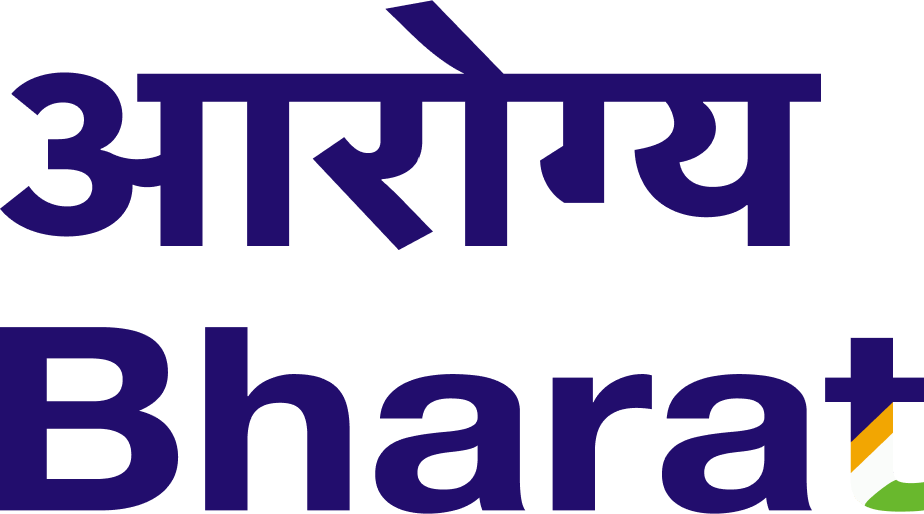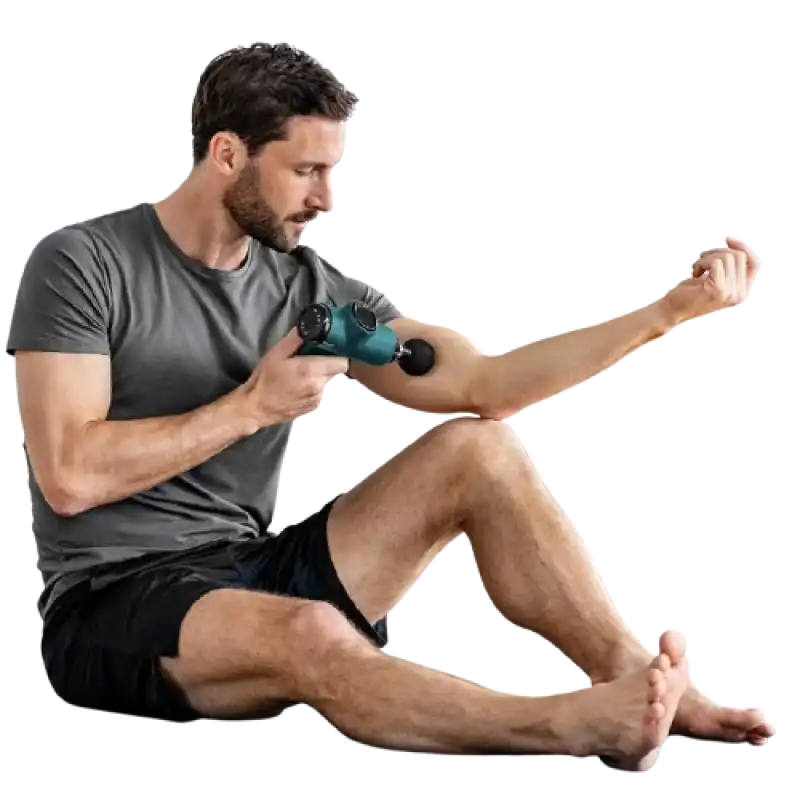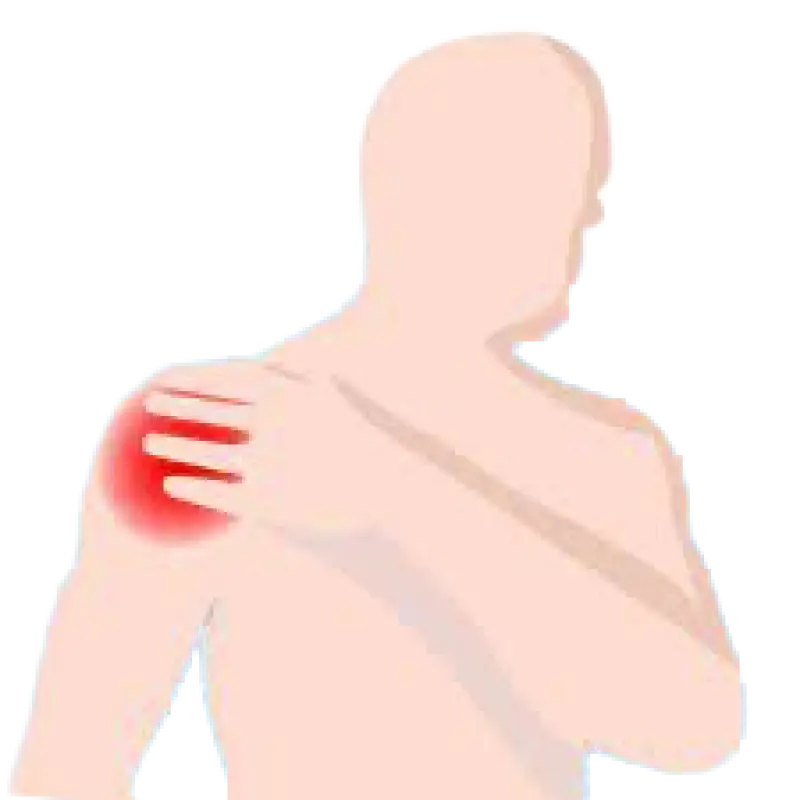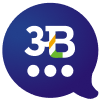Introduction
Space exploration brings incredible achievements but also significant challenges, one of which is astronaut sleep disorders. After returning to Earth, astronauts often experience disrupted circadian rhythms, low melatonin levels, and heightened anxiety, all contributing to insomnia. To counter these issues, NASA employs light therapy, cognitive therapy, and medical equipment like CPAP machines, sleep monitoring devices, and blue light therapy lamps. Interestingly, the techniques used for astronaut recovery can also benefit insomnia and jet lag patients on Earth.
Why Do Astronauts Suffer from Sleep Disorders?
Disrupted Circadian Rhythm
In space, astronauts experience 16 sunrises and sunsets every 24 hours, making it difficult for their bodies to maintain a normal sleep-wake cycle. Upon return, their biological clock struggles to readjust, causing insomnia and sleep disturbances.
Anxiety and Stress Post-Mission
The high-stress environment of space missions and the transition back to Earth create mental strain, leading to anxiety-induced sleep disorders.
Low Melatonin Levels
Exposure to artificial lighting in spacecraft suppresses melatonin production, the hormone responsible for regulating sleep. This leads to difficulty falling and staying asleep after returning to Earth.
NASA’s Solutions for Astronaut Sleep Recovery
NASA has developed advanced therapies to help astronauts regain a healthy sleep pattern post-mission. These methods are also useful for insomnia patients and frequent travelers.
Light Therapy for Circadian Rhythm Regulation
NASA uses blue light therapy lamps to reset astronauts’ circadian rhythms by exposing them to specific wavelengths of light. Blue light therapy lamps are now widely used for treating sleep disorders and seasonal depression.
Cognitive Behavioral Therapy (CBT) for Insomnia
Cognitive therapy helps astronauts develop better sleep habits, reduce stress, and overcome anxiety-related sleep issues.
Sleep Monitoring Devices
NASA tracks astronauts’ sleep cycles using sleep monitoring devices to analyze disturbances and improve sleep quality.
How Insomnia & Jet Lag Patients Can Benefit from Astronaut Rehab Methods
If you suffer from insomnia, jet lag, or sleep apnea, you can adopt these NASA-backed techniques:
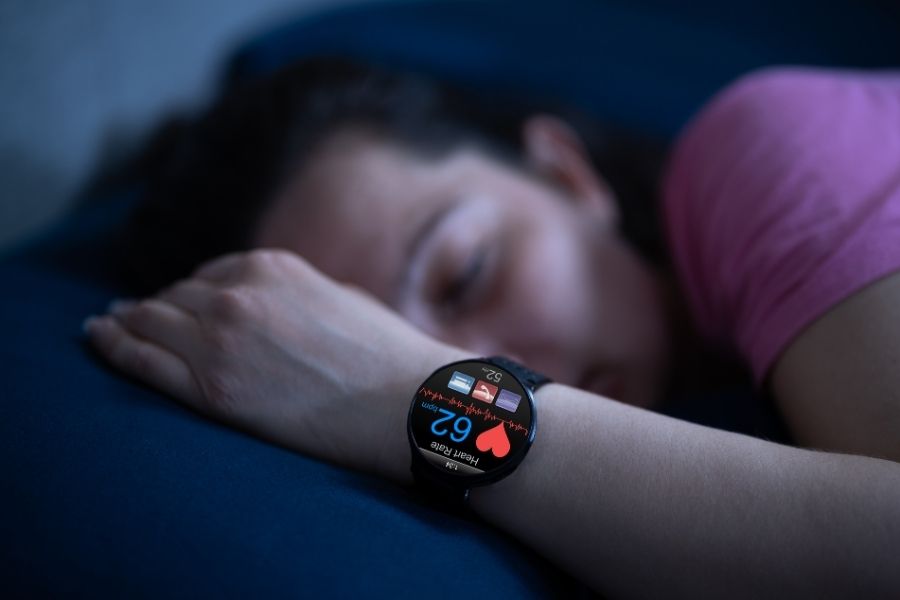
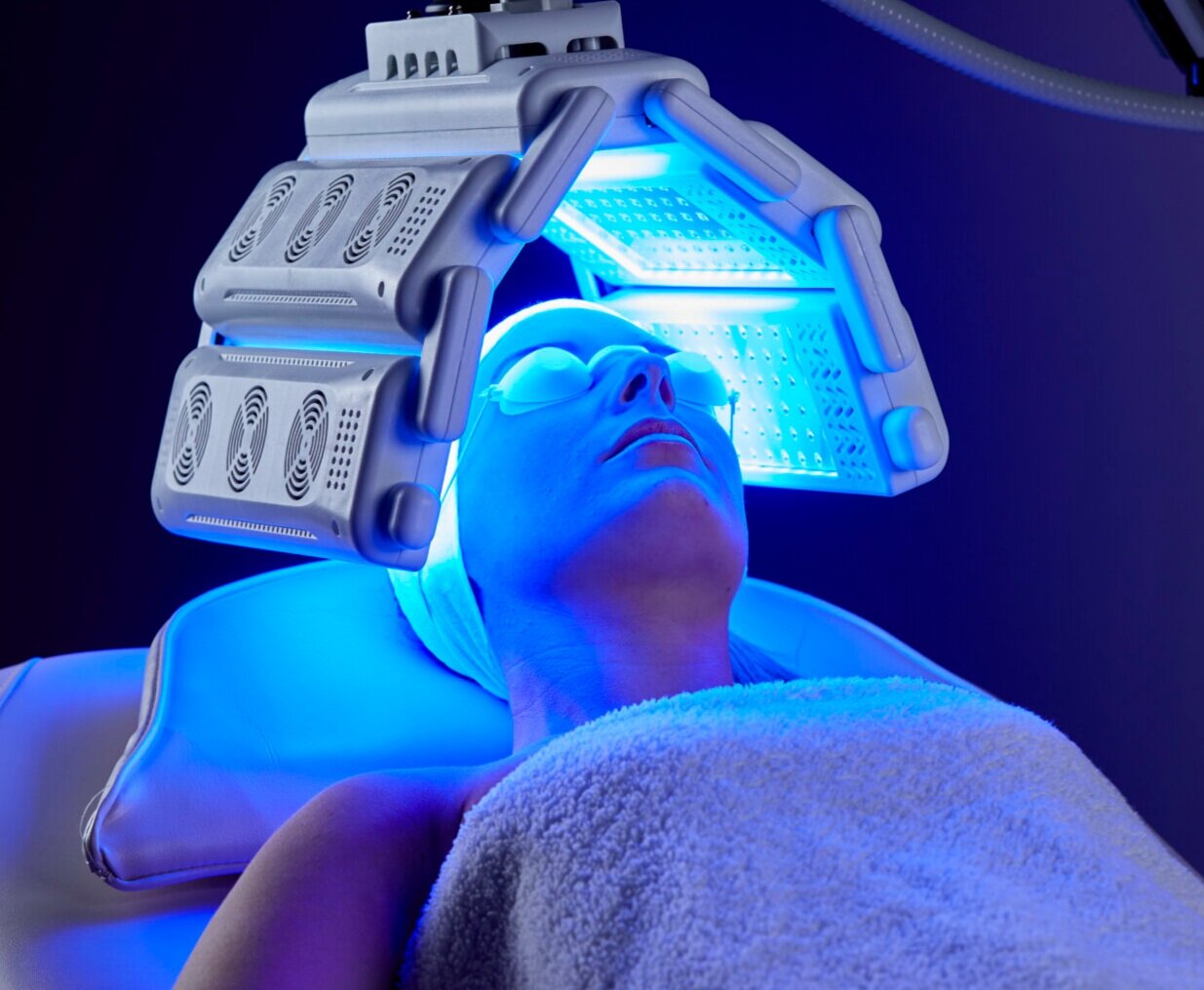
Use of CPAP Machines for Sleep Apnea
CPAP machines help maintain continuous airflow, preventing sleep interruptions for people with sleep apnea.
Blue Light Therapy for Regulating Sleep
Using blue light therapy lamps can help reset sleep cycles and combat insomnia.
Sleep Tracking for Better Sleep Hygiene
Sleep monitoring devices allow users to track sleep patterns and identify disruptions.
Sunita Williams & Victor Glover: Astronauts Who Have Faced Sleep Challenges in Space
Sunita Williams – A Record-Breaking Astronaut & Her Space Sleep Experience
Indian-American astronaut Sunita Williams has spent 322 days in space across multiple missions, making her one of the most experienced astronauts in NASA’s history. She has spoken about the challenges of sleeping in microgravity, where astronauts often wake up disoriented and struggle with maintaining a regular sleep cycle. Williams’ insights have contributed to NASA’s research on sleep disorders in space, emphasizing the importance of light therapy and sleep monitoring devices.
Victor Glover – Adjusting to Sleep on the ISS
NASA astronaut Victor Glover, who was part of SpaceX’s Crew-1 mission, also faced sleep disturbances due to constant exposure to artificial lighting and irregular sleep cycles on the International Space Station (ISS). Like many astronauts, he used blue light therapy and cognitive techniques to regulate his sleep after returning to Earth.
Both astronauts’ experiences highlight why sleep therapy and medical devices like CPAP machines, sleep monitoring devices, and blue light therapy lamps are essential for both space missions and those suffering from insomnia, jet lag, and sleep apnea on Earth.
FAQs – Your Questions Answered
Why do astronauts experience sleep problems after returning to Earth?
They experience disrupted circadian rhythms, stress, and low melatonin levels, affecting their sleep patterns.
How does NASA help astronauts recover from sleep disorders?
NASA uses light therapy, cognitive therapy, and sleep monitoring devices to restore normal sleep cycles.
Can blue light therapy help with insomnia?
Yes, blue light therapy lamps help regulate circadian rhythms and improve sleep.
What are the best medical devices for treating sleep disorders?
CPAP machines, sleep monitoring devices, and blue light therapy lamps are widely recommended.
Where can I find high-quality medical equipment for sleep therapy?
Visit Aarogyaa Bharat for the best sleep therapy solutions.
Conclusion
Astronauts face unique sleep challenges after space missions, but NASA’s advanced therapies offer effective solutions. These methods, including light therapy, cognitive therapy, and CPAP machines, can also benefit individuals suffering from insomnia, jet lag, or sleep apnea. For the best sleep therapy solutions, visit Aarogyaa Bharat today!

